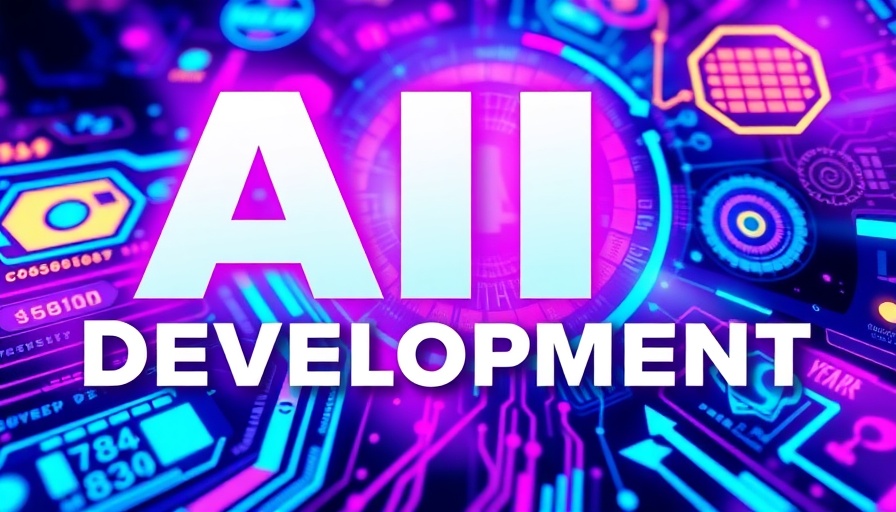
Unlocking the Power of No-Code Development with AI
In a world where technology is evolving at a breakneck pace, the rise of AI-powered tools is making coding accessible to everyone, even those without any programming experience. Recently, Abacus AI has taken a significant step forward with the introduction of its Composer Agent and Code LM (Code Language Model), which stands out as a robust alternative to platforms like Cursor. This innovative tool allows users to create sophisticated applications without writing a single line of code.
In 'Claude 4 Opus + Composer Agent: Develop a Full-stack App Without ANY Code! Cursor Alternative!', the discussion dives into the innovative world of AI-driven no-code development, exploring key insights that sparked deeper analysis on our end.
The Advantages of AI-Driven No-Code Solutions
AI tools like Code LM have transformed the way developers and non-developers alike approach project creation. With its powerful capabilities, you can describe your project needs in simple language, and the AI generates the required code for you. Whether it’s debugging, refactoring, or creating something entirely new, this AI assistant helps you achieve results faster and smarter, boosting productivity.
Cost-Effective Innovation
One of the most compelling aspects of Abacus AI's offerings is the cost. With all the latest updates and features, including MCP support and enhanced customization options, users still access these powerful tools for just $10 a month. This accessibility makes it an attractive solution for startups and individual developers who may be overwhelmed by the costs of other platforms.
Features That Streamline Development
The Composer Agent and Code LM not only simplify coding but also integrate seamless communication features, allowing users to interact with their AI like a pair-programming partner. This includes asking the model to explain complex logic or debug in natural language, making the development process as intuitive as a conversation. This transformative approach empowers users to focus more on creativity and problem-solving, rather than wrestling with the intricacies of coding syntax.
What’s Next for the Future of No-Code AI?
As innovations like Cloud 4 Opus power these platforms, we can expect AI-driven no-code tools to evolve, further bridging the gap between tech-savvy individuals and those new to the field. The future promises even greater enhancements, paving the way for more businesses to leverage AI in their operations. From improving customer experiences to streamlining internal processes, the potential applications are vast. Tools like Code LM will become crucial in democratizing access to technology, enabling anyone to bring their ideas to fruition.
For those interested in exploring how AI tools can transform your development workflow, now is the time to dive into platforms like Abacus AI. These tools not only alleviate the stresses of coding but also introduce a new way of thinking about application development.
 Add Row
Add Row  Add
Add 




Write A Comment